BERKUT
Airborne target robotic complex
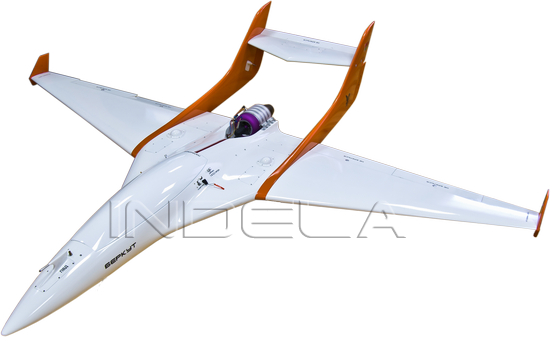
Description
airborne target robotic complex «BERKUT» is designed for performance of a wide range of tasks:
- flying around anti-aircraft missile systems (AAMS) with the aim of training the crew in working conditions for various types of targets;
- assessment of actual, but not declared in technical specifications, performance characteristics of firing radars (AMIS: air missile
interception system): target detection range with various reflecting surface efficiency (RSE), accuracy of tracking such targets in terms of distance,
speed and angular coordinates;
- assessment of accuracy of geodetic connection and orientation of firing RS AAMS significantly influencing upon efficiency of target designation from external systems;
- firing tests AAMS(AMIS);
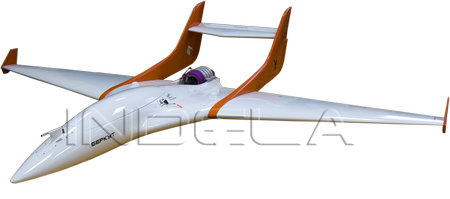
Target «BERKUT» imitates RSE of typical airborne targets such as: “air-surface” cruise missiles with the planner based on Stealth technology with RSE 0.1…1.0 m² and low-sized reconnaissance UAV cruise missiles without application of Stealth technology, CM (cruise missiles) with aerial ARHH(active radar homing heads) systems, shocking UAV, training airplanes etc. AV (airborne vehicle) with RSE 1.0…3.0 m²; FA (fighter aviation) airplanes, multipurpose FA airplanes, airplanes of light front-line aviation and low-flying attack aircrafts with RSE 5.0…10.0 m², heavy airplanes of front-line aviation with RSE up to 15.0 …20.0 m²; combat and transportation airplanes, AEW airplanes, fuellers etc. with RSE more than 30m3. Frequency range of imitated reflected signal is determined by the range of BRS and ARHH AFM (air-fired missile) frequencies. Almost all world BRS park of AMIS fighters of F 14C, F 15, F 16, F 18, types, “Tornado” F2, F3, “Mirazh 2000”, F 22 A, “Rafael”, EF 2000, equipped with missiles with active RHH (radar homing head) of AAAM, AIM-120А,В AMRAAM, MICA types, “Skyflash 90”, with missiles with seactive RHH of AIM 7E,F,M type, “Sparrow”, fighters AMIS MiG–29, Su 27, Su–30MKK, Su–30MKI, Su–30MKM equipped with missiles with semiactive RHH of Р–27 type, uses 3cm waveband. «BERKUT» robotic airborne target with airframe hull made of composition materials and turbojet engine uses airplane type of performing major part of its route and parachute landing.
Characteristics
| Engine | turbojet | |
| Statistical traction | N | 9-230 |
| Fuel consumption | ml/min | 179-730 |
| Key geometric characteristics | ||
| Length | mm | 2384 |
| Span of wings | mm | 2800 |
| Weight data | ||
| Takeoff mass | kg | 34 |
| Standard fuel margin | ml | 8200 |
| Basic flight characteristics | ||
| Range of horizontal flight speed | km/h | 100-400 |
| Cruise speed | km/h | 150 |
| Takeoff speed | km/h | 90 |
| Flight attitude range | m | 50-3500 |
| Practical flight length | km | 110 |
| Flight duration | minutes | 30 |
| Control | ||
| Flight control | Automatic/dual | |
| Communication range (within line of sight) | km | 100 |
| Control system | Autonomous navigation, automatic performance of the flight task | |
Ground control facilities are designed to ensure efficient change of target flight task as well as receipt, display and documenting of telemetric and external trajectory information. Means of ground servicing include ground automated control system and technological equipment complex. These means are intended to carry out checkouts of the target’s on-board systems as well as its preparation to launch and reutilization. Major flight modes of «BERKUT» airborne target are: takeoff, climb, horizontal flight, descent, turn, swooping, pitching, low-flying, emergency parachute landing, landing.
The target is designed for multipurpose utilization and can be used up to 50 times. Autonomous and radio-adjusted methods of performing the flight task can be used.
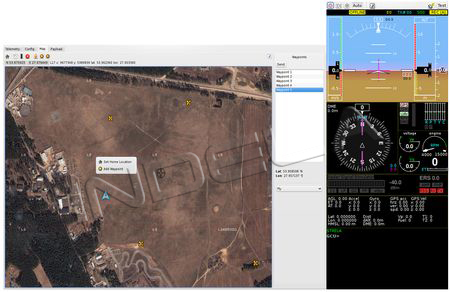
The complex consists of:
airborne target vehicle «BERKUT», including radar imitator of reflected «RIZ» signal
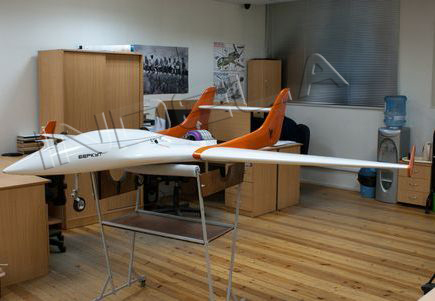
ground control station INDELA-GCS
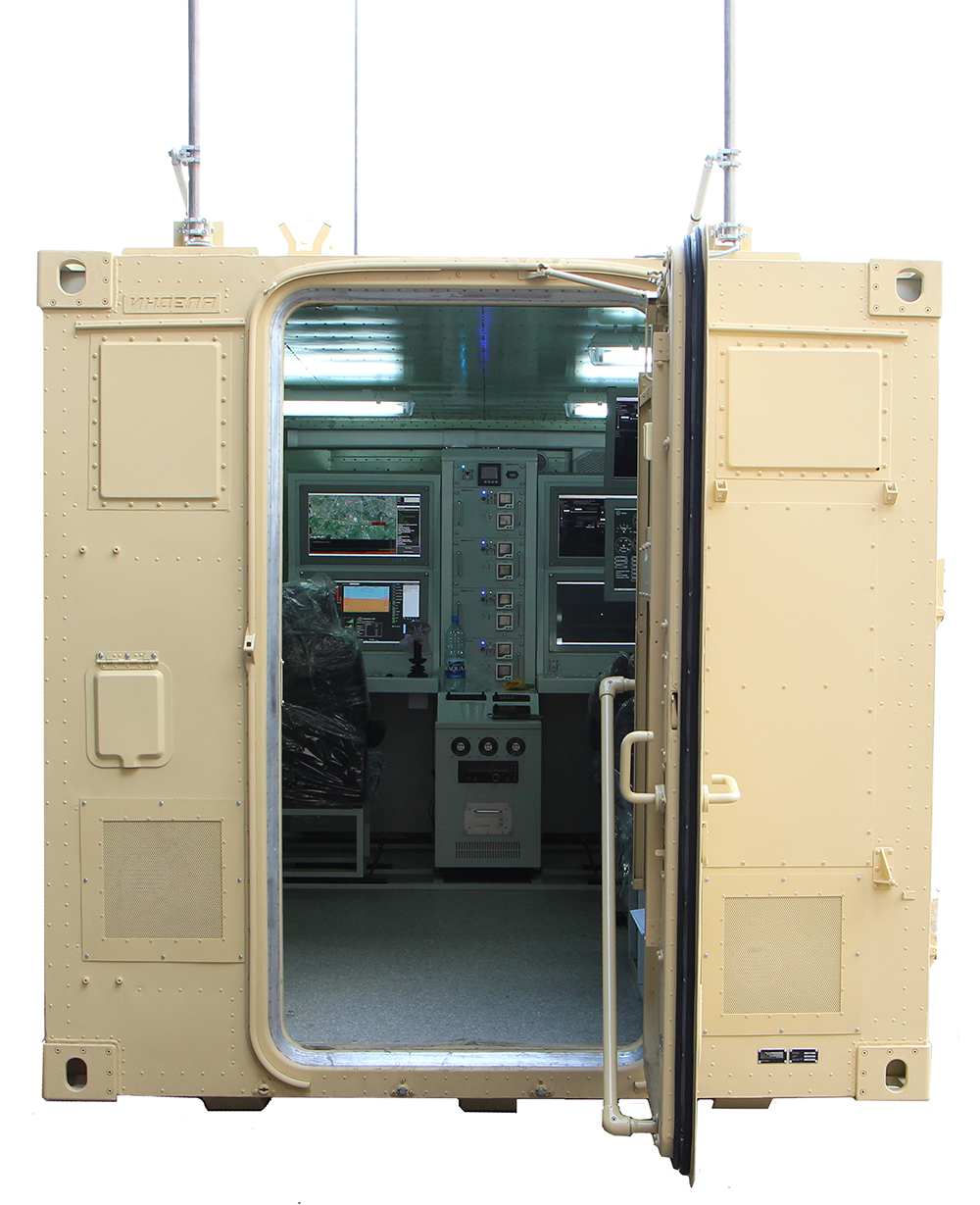
Copyright © 2010-2015 INDEPENDENT DEVELOPMENT LABORATORY Inc. All rights reserved. Pricing, specifications and content all subject to change without prior notice.


